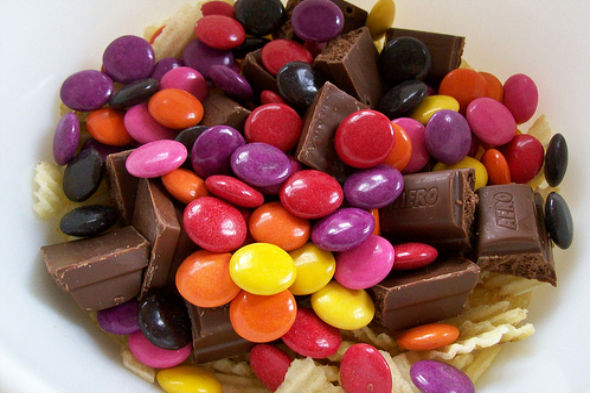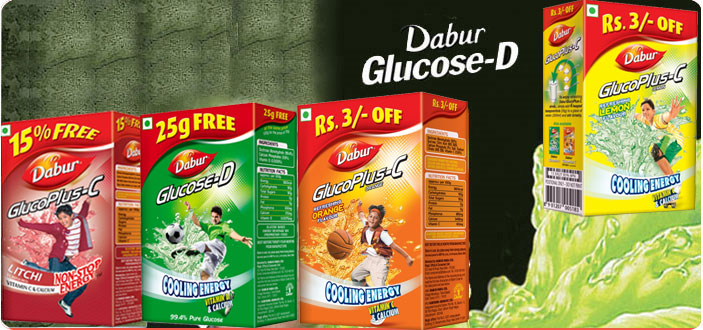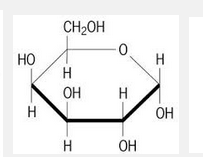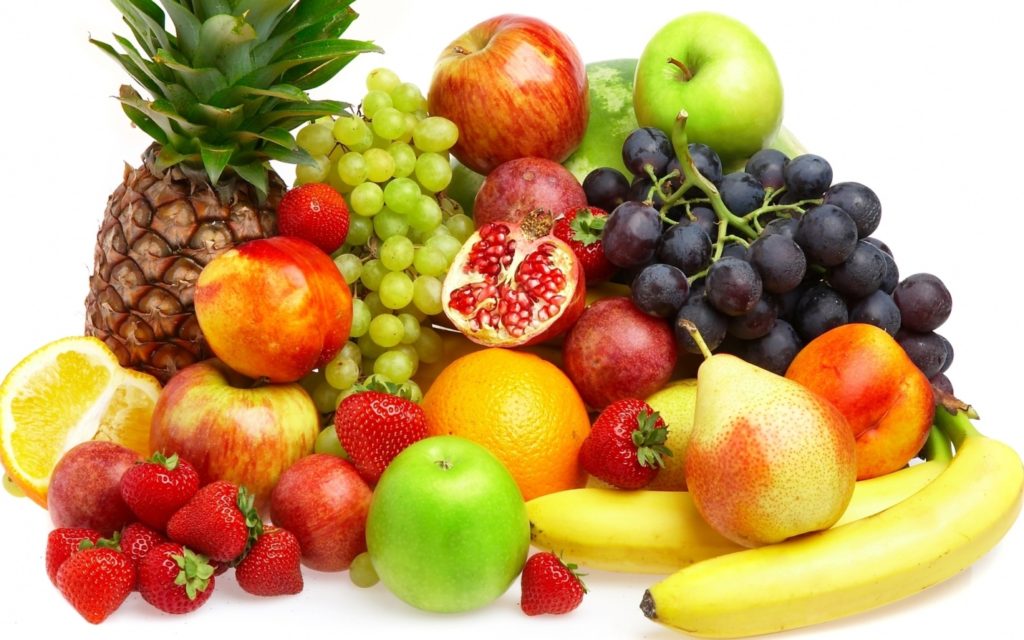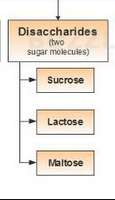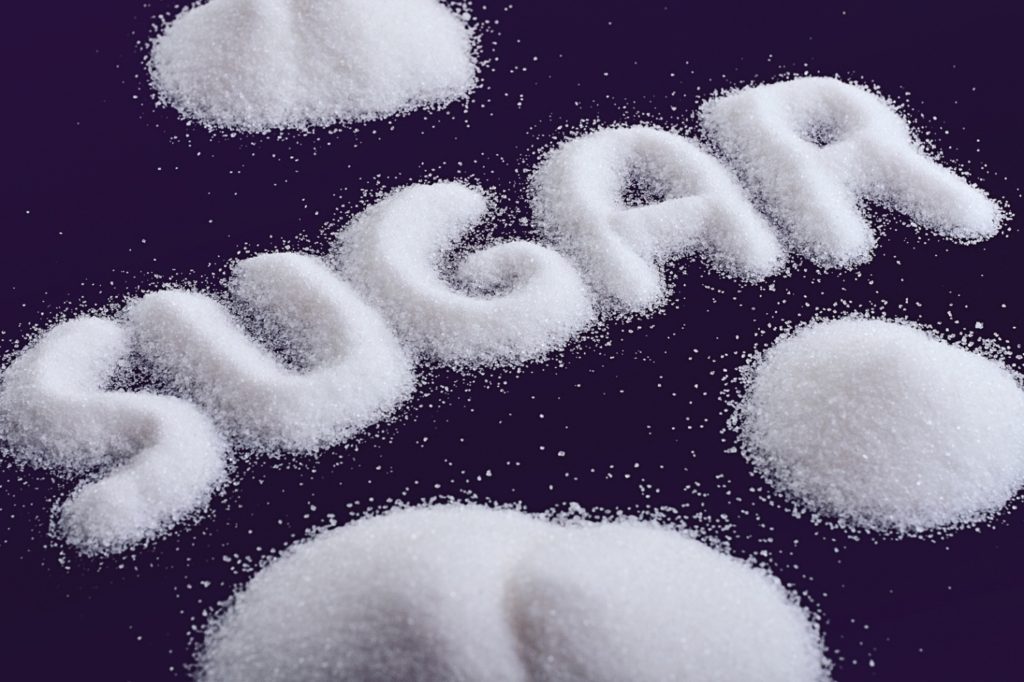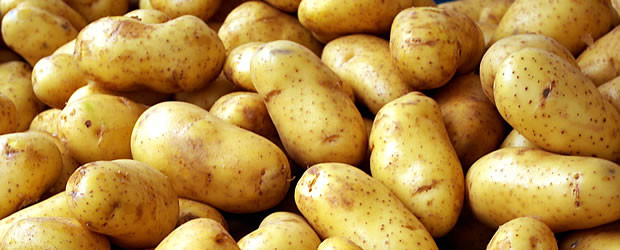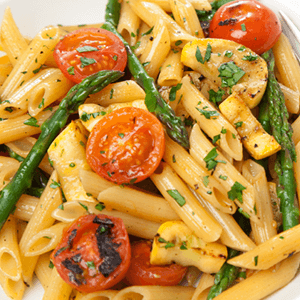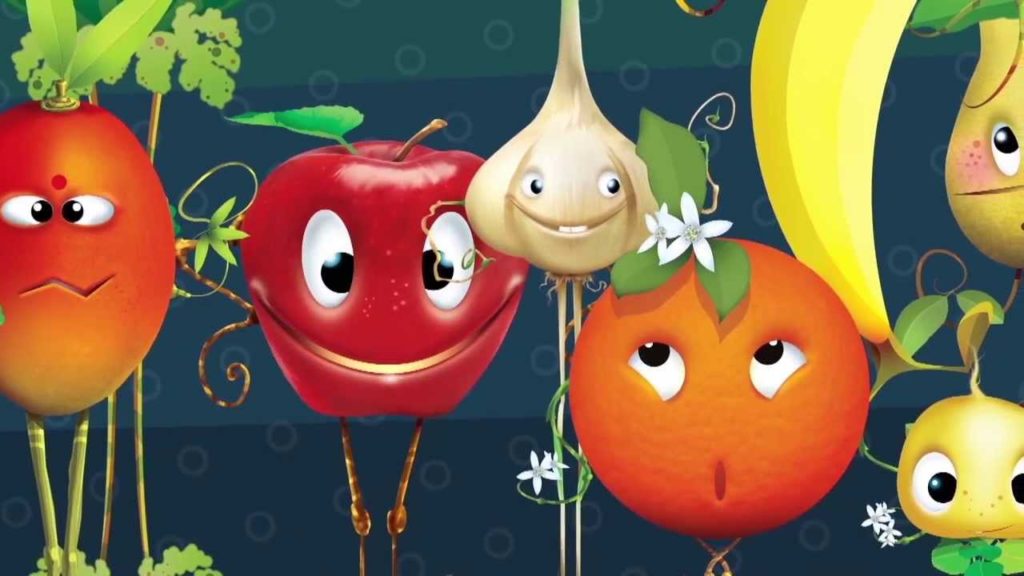Different types of carbohydrate and their real life example..
Hey readers….Hi again….
Today I have got a very interesting topic to be discussed with you people..
CARBOHYDRATES…Ohh my god….A very long English term right..But one of the most important too..You all might be aware of sugar..From childhood itself, our parents used to scold us for eating a lot of chocolates and candies..That time we were not aware about carbohydrates or stuff..The only thing we were aware of carbohydrates but we only knew about CHOCOLATES AND CANDIES..
Nowwwwwwwwwww….Moving away from the candies let me tell you the details of carbohydrates and their examples in daily life.
Let us first define what carbohydrates are. As per the name suggest, carbohydrates are the biological compounds consisting of carbon, oxygen and hydrogen. Initially the empirical formula for carbohydrates was defined as Cm(H2O)n (where m could be different from n).
Now, we wont be learning the concepts of carbohydrates by the typical school theory of knowing the definition first and then trying to fit the most acceptable examples into the definition.
We ll try to move the other way round. Stating that, I ll first let you know the daily life examples and then we ll try to go to the theory part…Okkkiiiieee…
You remember that advertesiment..
“Garmi ke mausam mei sooraj ki tapti garmi se bachaee…GLUCON Dâ€Â
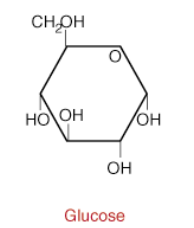 Every summer we have this glucose in our diet as the energy booster. The chemistry behind glucose is that it is one of the main sugar which is metabolized by the body for energy. The major source of glucose includes starch, which is the major form of carbohydrates in the plants.
Every summer we have this glucose in our diet as the energy booster. The chemistry behind glucose is that it is one of the main sugar which is metabolized by the body for energy. The major source of glucose includes starch, which is the major form of carbohydrates in the plants.
Glucose has the formula
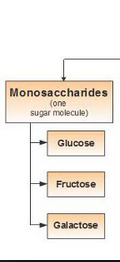 Glucose has a cyclic structure and it is composed of carbon, hydrogen and oxygen in ratios of 1:2:1 respectively. Just going to the depth of the topic, let us define the term monosaccharide.
Glucose has a cyclic structure and it is composed of carbon, hydrogen and oxygen in ratios of 1:2:1 respectively. Just going to the depth of the topic, let us define the term monosaccharide.
This word monosaccharide has been derived from mono, which means “one”, and saccharide, which means “sugar”. The most common monosaccharides sugars are glucose, fructose, and galactose.
Galactose is very much similar to glucose in skeletal structure except for one OH group on carbon atom number four of the six-sided sugar.
Coming over to the daily life availability of galactose in nature, you should remember that it is not generally available in nature in huge quantities, but it does combine with glucose in order to form lactose in milk.
Fructose
Fructose is another  isomer (structural) of glucose. So one can say that fructose has the same chemical formula but a very different 3D structure. The MAJOR difference in the structures is that that fructose is a ketone in its linear form whereas glucose is an aldehyde.
Now again coming over to the main stuff..You know Fruits and honey..these are some of the major sources of fructose in body.
Let us now concentrate on another class of carbohydrates.
These are disaccharides.
You remember the movie..
Now lets take this as another part of chemical substance. Sucrose is a common and naturally occurring carbohydrate which is found in plants.  This molecule is a combination of two monosaccharide. One is glucose and the other is fructose, so the overall formula becomes C12H22O11.
Let us try to concentrate on the word “Disaccharidesâ€Â. This word means “two sugars”, These are mainly  found in nature as sucrose, lactose and maltose. These disaccharides are formed by the condensation reaction in which one molecule of water gets condensed during the joining of two monosaccharide.
Let us now come to the another category of carbohydrates.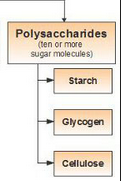
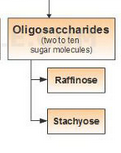
These are Oligosaccharides and polysaccharides.
Oligosaccharides and polysaccharides are the carbohydrates which contain more than two simple sugars. It basically depends upon the length of the structure whether the sugar will be described as Oligo or poly. Oligosaccharides generally contain between three and ten sugar units whereas the  polysaccharides contain more than two to three thousand units.
Fineeeeeeeee…Let us finallllyyyy come over to the daily life examples for the same..
Starch is one of the major storage form of carbohydrates in plants. The major sources of starch consist of potatoes, bread, rice, beans and pasta.
Hey readers…This was all about the topic carbohydrates that I wanted to discuss with you people. I hope by now you would have got the details of the topic carbohydrates in this foody article..
